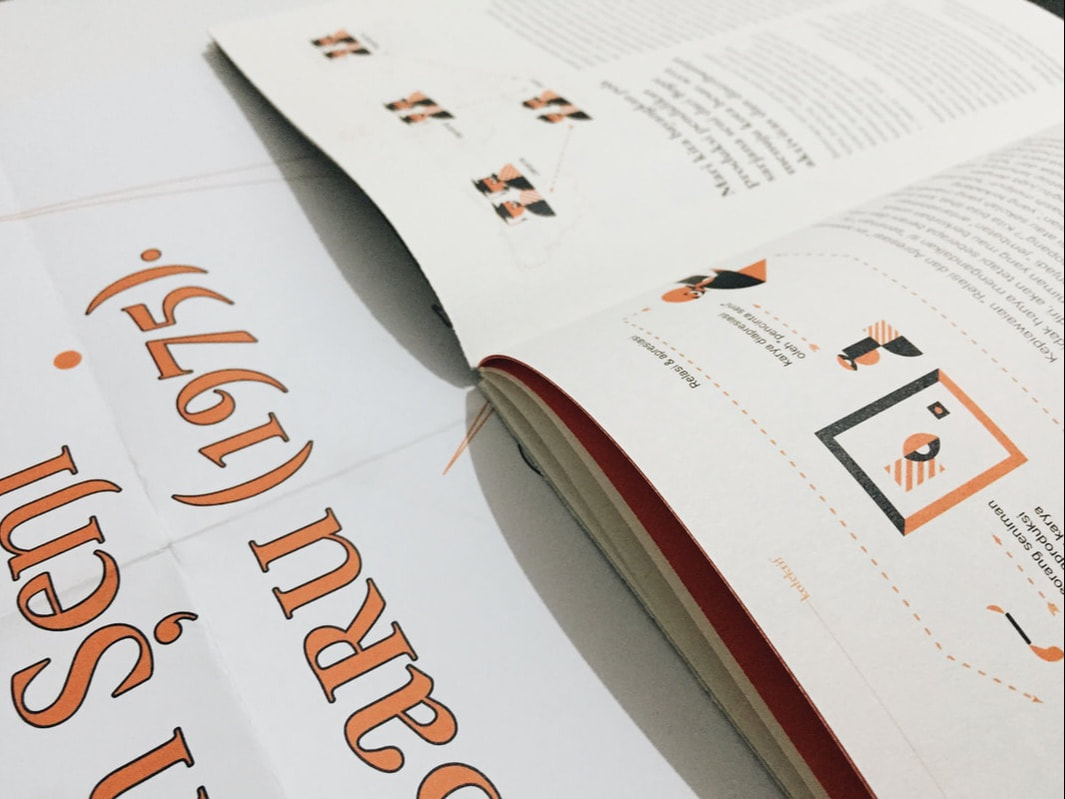Dialog Identitas
The main focus of Gerakan Seni Rupa Bogor (GSRB or Bogor New Visual Art Movement) is how visual art is practiced in the city of Bogor. Here, GSRB raised two ideas: first is about the function of art institutions in Bogor art ecosystem, and second is the city’s residents’ perceptions regarding the city’s public space. These ideas are then implemented into three projects, each with their own distinct approaches.
In “Dialog Identitas“, GSRB provoked the response of Bogor residents—both those who they met on site and those through social media—about the potential of public spaces in the city center. Whereas in “Kesenian Warga”, GSRB explored the particular artistic lives of residents in four villages in Bogor: Kampung Warna Warni, Kampung Pulo Geulis, Kampung Mozaik and Kampung Asian Games. These two projects were then summarized in
one set of zines: ”Gerakan Seni Rupa Bogor“. This set also contains a deeper discussion about these very two ideas previously mentioned, plus interviews with GSRB’s colleagues on similar topics.
In “Dialog Identitas“, GSRB provoked the response of Bogor residents—both those who they met on site and those through social media—about the potential of public spaces in the city center. Whereas in “Kesenian Warga”, GSRB explored the particular artistic lives of residents in four villages in Bogor: Kampung Warna Warni, Kampung Pulo Geulis, Kampung Mozaik and Kampung Asian Games. These two projects were then summarized in
one set of zines: ”Gerakan Seni Rupa Bogor“. This set also contains a deeper discussion about these very two ideas previously mentioned, plus interviews with GSRB’s colleagues on similar topics.
Biography
Gerakan Seni Rupa Bogor (GSRB) is art collective consisting of art managers, designers and writers. Formed in 2016, GSRB focuses on developing the arts ecosystem in Bogor through exhibitions, discussions, workshops and research, collaborating with various arts and culture practitioners in Bogor. Some of the exhibitions held by GSRB are Hujan Keras! (2016), People (2017), dan Ngariung dina Huis (2017).



